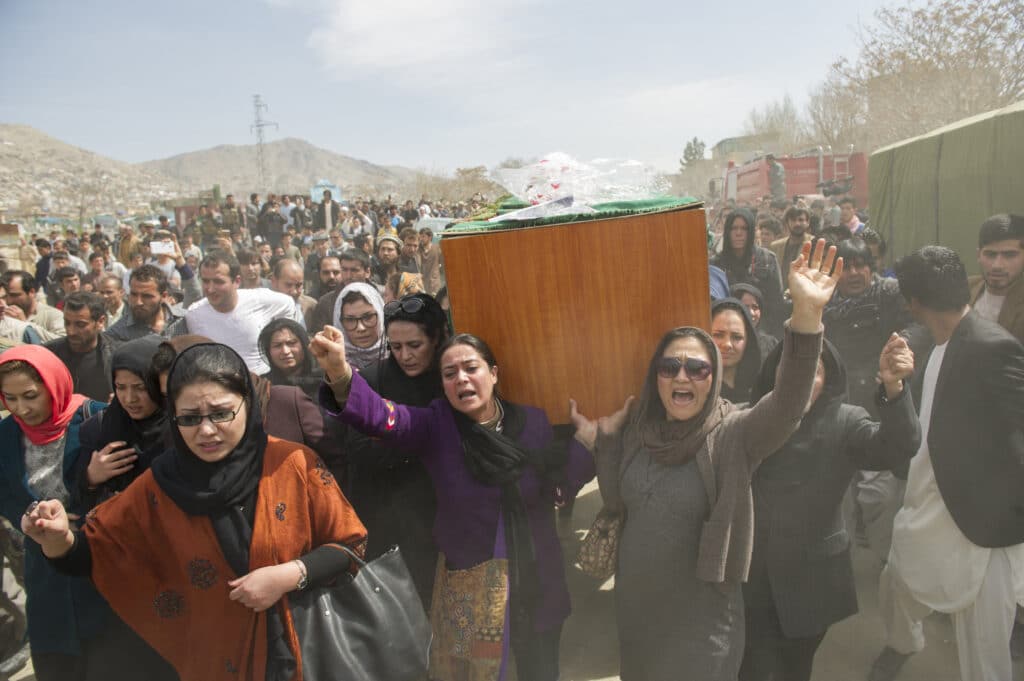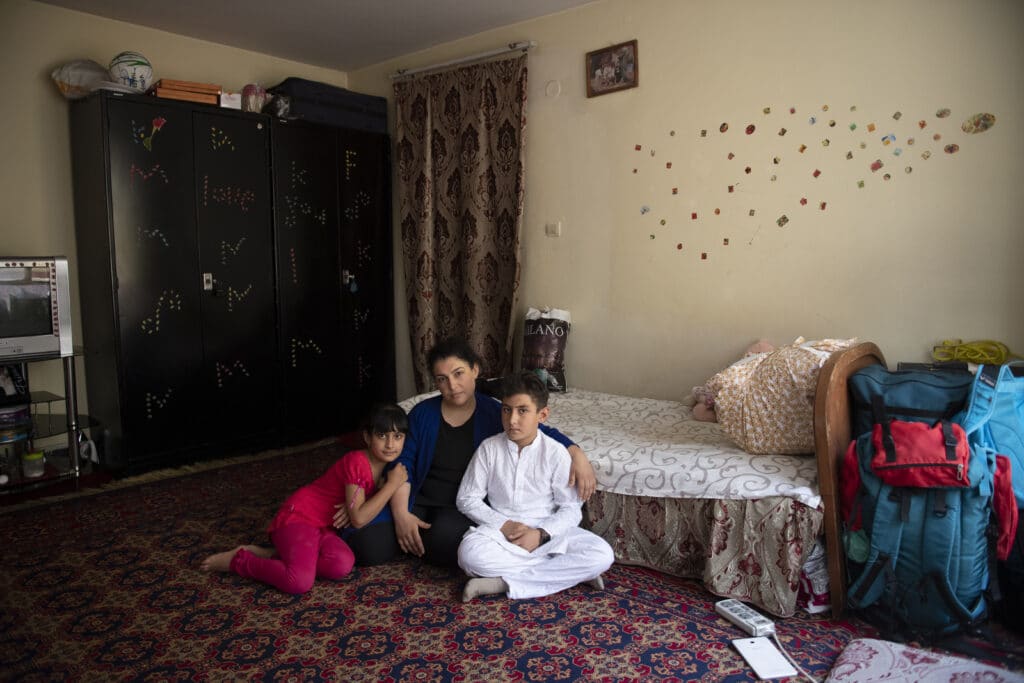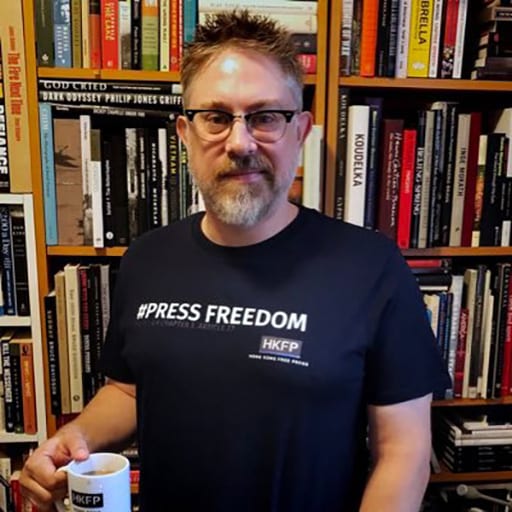Freelance photographer Paula Bronstein has been named the winner of this year’s Anja Niedringhaus Courage in Photojournalism Award given by the International Women’s Media Foundation (IWMF). Photojournalists Carol Guzy and Farzana Wahidy were named as honorees.
The IWMF was founded in 1989 and is the only global non-profit organization that offers emergency support, safety training, grants, reporting opportunities and funding avenues specifically for women journalists. The award comes with a $20,000 prize, which is made possible by the Howard G. Buffett Foundation.
The award was created in honor of German Associated Press photojournalist Anja Niedringhaus. Over the course of her career, she covered conflicts around the world, and constantly exposed herself to danger in the process to tell the stories she did. Niedringhaus was killed in Afghanistan in 2014 when an Afghan policeman opened fire while she was sitting in a car with Kathy Gannon, a reporter for the Associated Press.
The jury for the award this year included photojournalists and editors Tasneem Alsultan, Vanessa Charlot, Jacqueline Larma, Bernadette Tuazon, Nicole Tung, and Adriana Zehbrauskas. After making their final selections on the winner and honorees, the group issued this statement: “This year’s acclaimed portfolios all exhibit work that personified Anja’s values. For Paula, Carol, and Farzana, it’s evident that photojournalism is their second realm of existence, just as it was for Anja. We congratulate these brave women for their achievements and extensive work bringing critical and memorable stories to the forefront.”
Bronstein’s career spans four decades, and multiple continents and crisis. The portfolio which Bronstein was given the award for included work on afflictions affecting communities across Afghanistan following the Taliban takeover in 2021, how war upends the life of the elderly in Ukraine, and the migration of the Rohingya from Myanmar to Bangladesh.
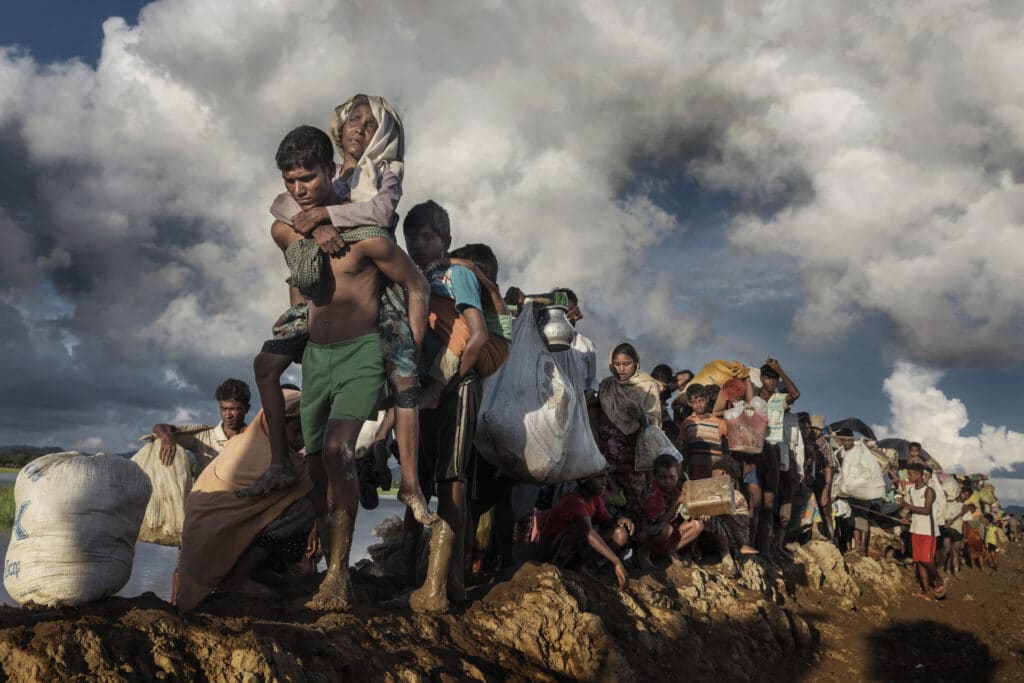
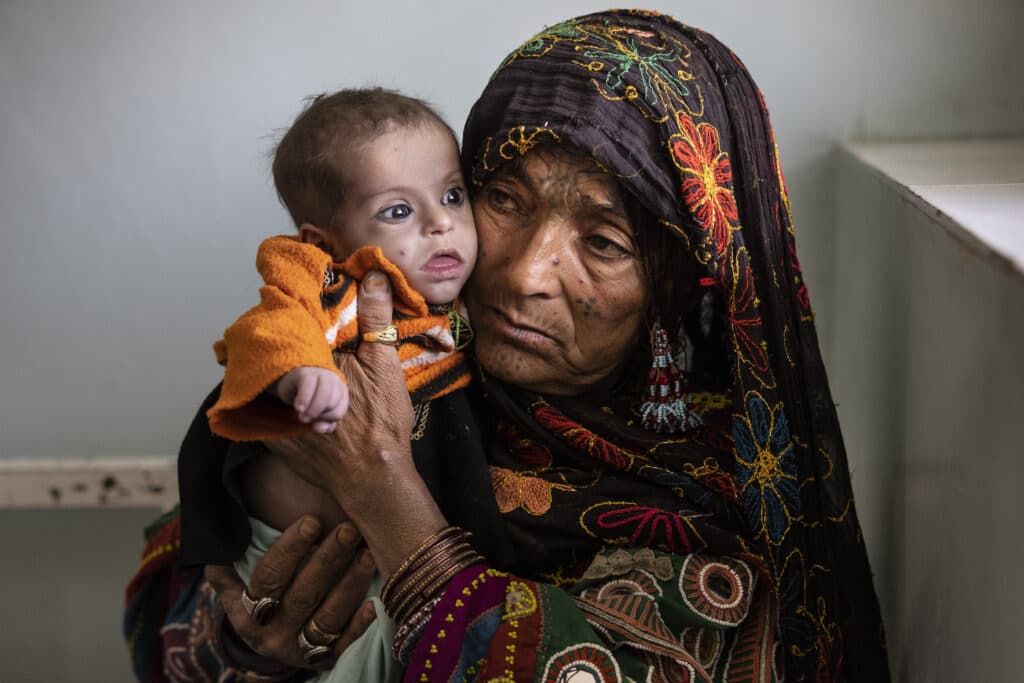
Throughout her career Bronstein has received numerous awards for her work and she has been honored by the Bayeux Calvados-Normandy Award for War Correspondents, the British Journalism Awards, the Festival of Ethical Photography, the International Photography Awards, the International Women’s Media Foundation, the Overseas Press Club of America, the National Press Photographers Association, the Prix de la Photography, the Thailand Foreign Correspondents Club, and World Press Photo.
Her work has also been exhibited widely around the world, including in Australia, Belgium, Croatia, England, France, Hong Kong, Italy, Korea, the United Arab Emirates, and in various venues across the United States.
“My portfolio shows the diversity of my career, how I work, and how I see. From war to natural disaster, to epidemics and addiction; it’s never easy. But it’s important to be able to bear witness in a way that’s not graphic or exploitive, to make a strong statement, and – when needed – hold power to account,” Bronstein stated after being told of her win according to the press release.
She continued: “As a veteran journalist, and a woman, it’s so meaningful for me to accept this award. To know Anja and to receive this in her name, means that my age doesn’t matter: my passion for my work, my energy, and my ability to do my job is what matters. The industry does not always view women in this way, and I am proud to portray what’s possible.”
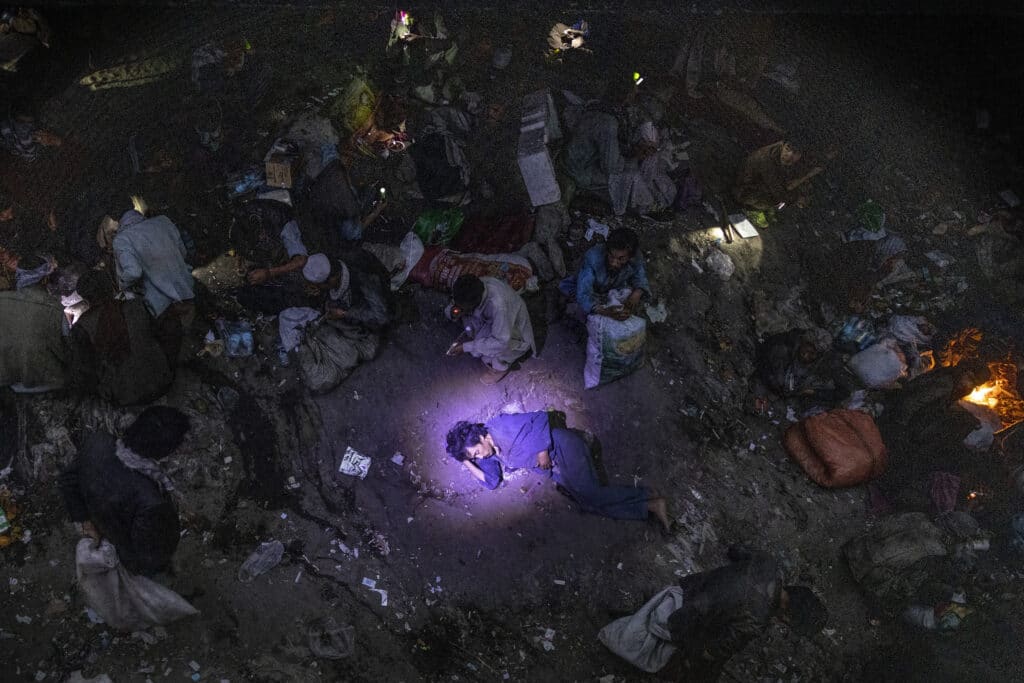
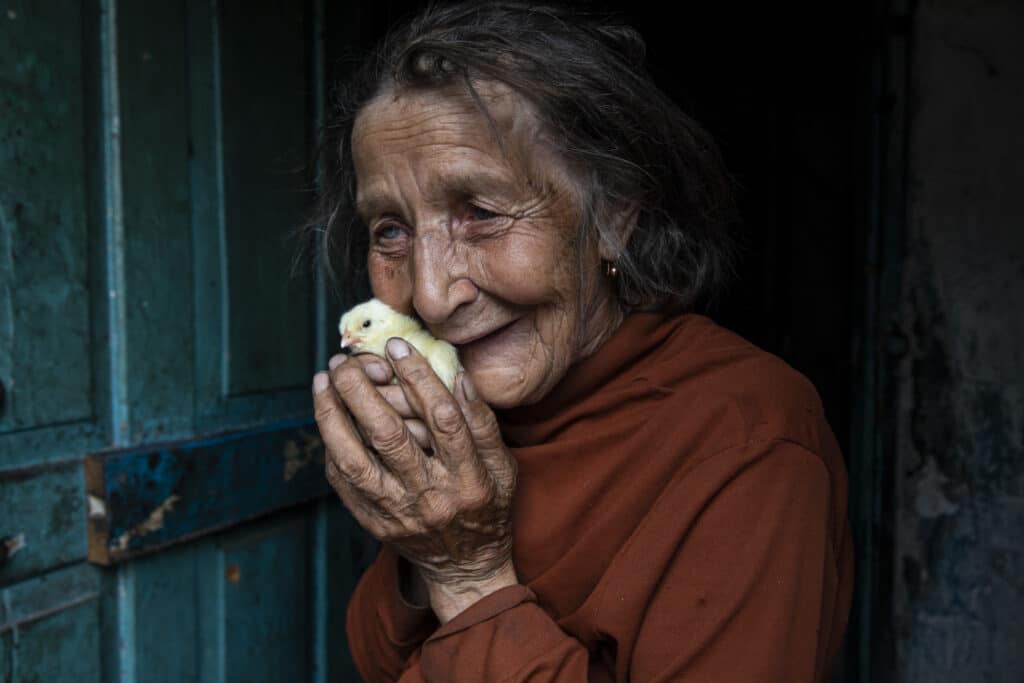
Speaking from her hotel room in Kyiv, where she is currently working to cover the war in Ukraine, she expanded on the role of agism in photojournalism, and how she hopes this award can work against the stereotypes.
“I was very frank with the communications director that I was extremely happy that they picked me and Carol. Carol’s just three years younger than me. They effectively picked two women in their 60s. Especially for me, winning this award I want to be able to at least have younger photographers say, ‘Hey, here’s someone in her 60s and she’s still kicking ass.’ That’s good.”
But no matter what your age, covering the subjects that Bronstein, and the honorees cover, is not a simple matter of just being there.”Covering war and conflict is not easy. One of the things that Anja had said, which really rings true, is something like ‘You have to present people in the best light you can in the worst situations that they may ever experience in their lifetimes.”
For Bronstein, it is the stories around war that are the most compelling. And that what she hopes people take away from her work is that it makes them feel something, makes them care, and makes them feel engaged. “It’s telling those stories around the conflict, around the war that keeps people interested and engaged … People saw the photos from Bucha. They were horrified. But I don’t care what war you’re talking about, people don’t want to keep on seeing these horrific images day after day after day. So you really have to find a way to make people feel something, to make people identify … How you do that is you have to try to take a photo to get people to look a second time, a third time, a fourth time, and go, “Wow.” It could be a photo that I shot in a hospital in Kabul, but somehow the light came through the window in a special way that created a mood and created more of a poignant moment, so to speak.”
And this ability to get viewers to empathize with those in photographs is also the lesson that Bronstein feels is most important for the new generation of journalists, not just women journalists, need to learn. “I also worry about young photographers coming to war zones, learning on the spot, not just because of the threat level and the dangers, but also I hope they have empathy for subject and aren’t thinking too much about their portfolios … making sure they understand and have the sensitivities for their own subjects.”
Bronstein uses an example from her time in Ukraine recently to illustrate the point. “A lot of it is creating a really compelling story that will possibly win them awards and be part of their portfolio. Then all of a sudden, ten photographers are at a funeral all trying to get the same photos. Then we, as the media to be quite frank, are in the way.”
“Ukrainians are very, very wonderful. They’re so happy to have us cover this. But it’s very important to also be sensitive to their own personal traumas and what they’ve gone through. That’s tough, and it’s hard for young photographers who maybe haven’t been through this before. To Make sure that they’re not right in their face.”
This role of empathy, and connecting with the people who see the photographs, is also a trait in this year’s honorees.
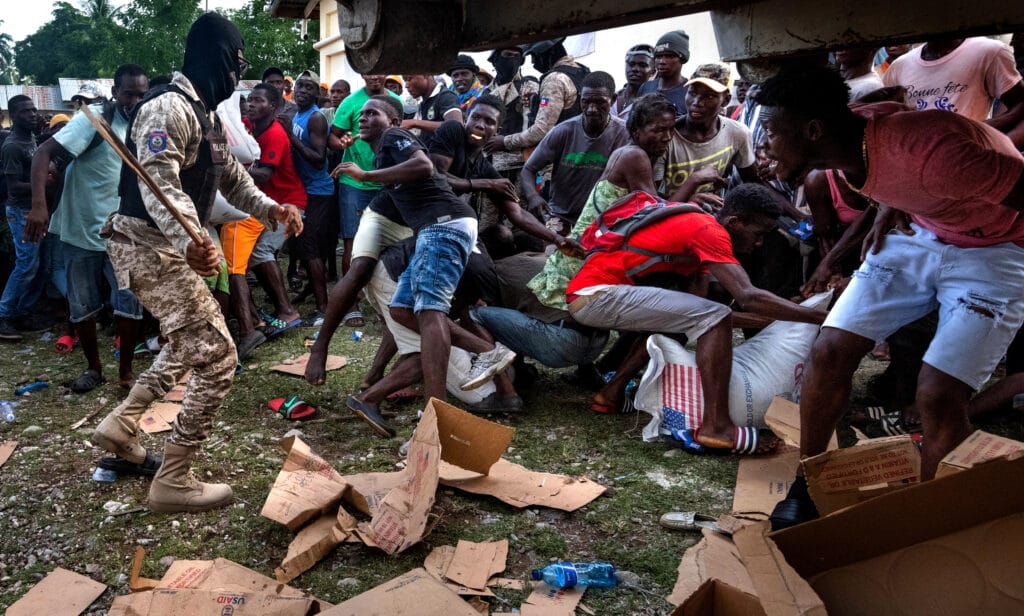
Honoree Photojournalist Carol Guzy’s portfolio was recognized for her work documenting communities rebuilding from tragedy, including stories from Albania, Georgia, Iraq, Haiti, and Syria.
Like Bronstein, Guzy’s career has taken her around the world to cover stories of conflict. Her work has likewise received numerous awards. Guzy is the only journalist to win four Pulitzer Prizes. In 1986 and 1995 she won for Spot News for coverage for the devastation caused by the eruption of the Nevado del Ruiz volcano in Columbia then for her coverage of the crisis in Haiti and its aftermath. In 2000 she won for Feature Photography for her coverage of the plight of refugees from Kosovo. And in 2011 she won in Breaking News for coverage of the earthquake in Haiti.
She has won the Photographer of the Year Award from the National Press Photographers Association’s three times, and eight times from the White House News Photographers Association. In 1990 Guzy became the first woman to win the National Press Photographers Association’s Newspaper Photographer of the Year Award. And in 2018 she was awarded the Robert Capa Gold Medal.
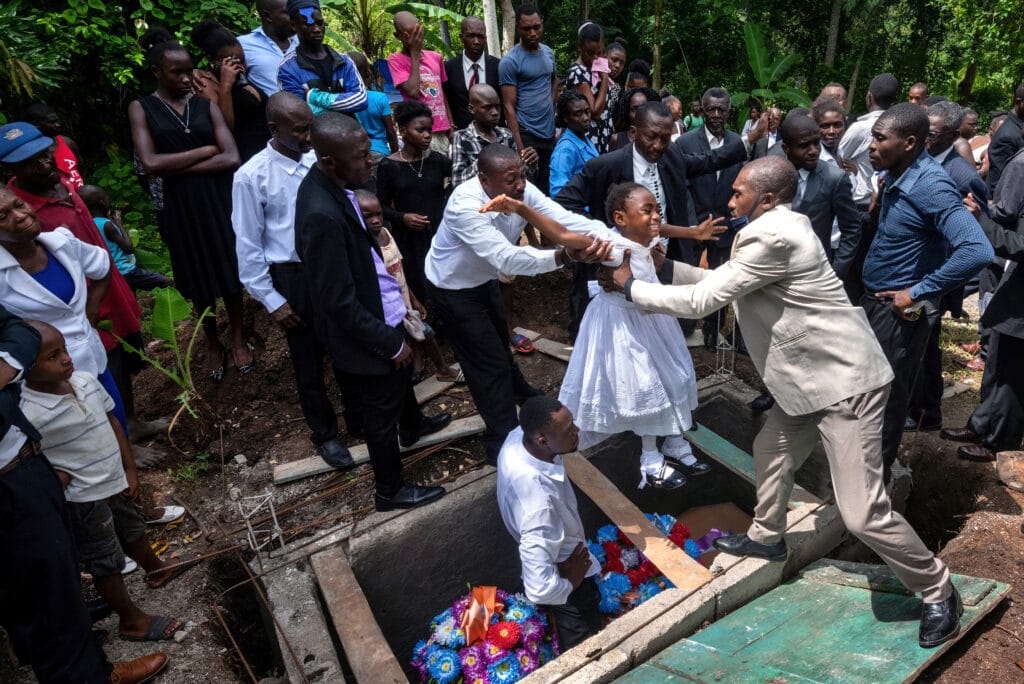
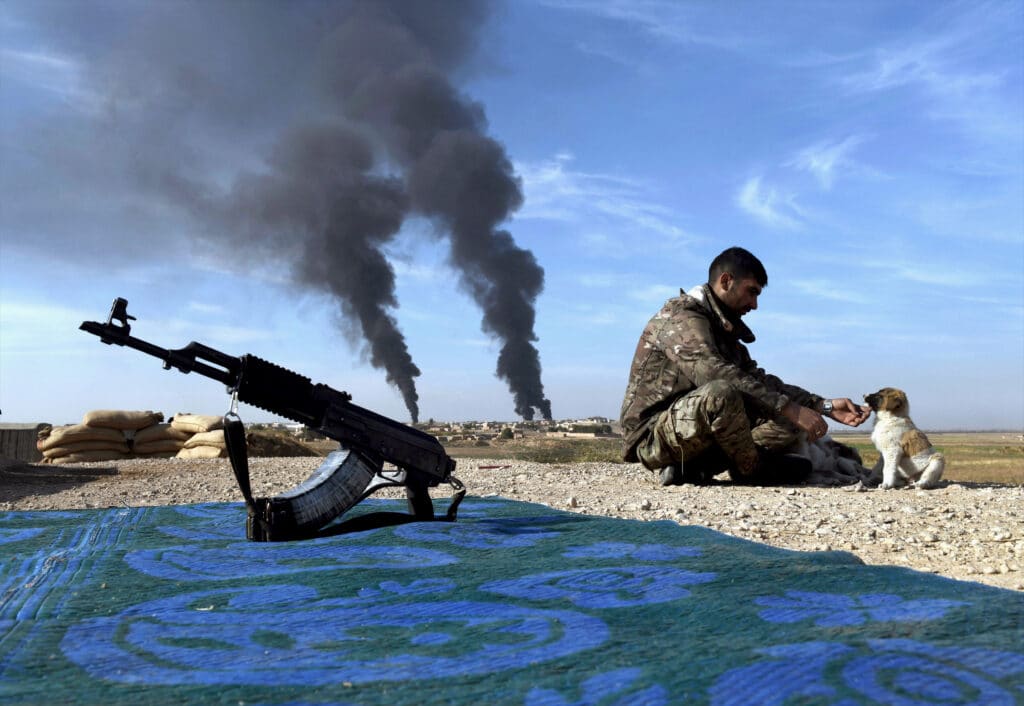
Photojournalist Farzana Wahidy is this year’s other Honoree. She was born in Kamdahar, Afghanistan, but moved to Kabul to attend school during the Afghan civil war. During the Taliban regime, she continued her education underground. After high school, Wahidy enrolled in a two-year progrom at the AINA Photojournalism Institute. In 2004 she began working as a photographer for Agence France Presse before later joining the Associated Press.
Like Bronstein and Guzy, she has received numerous awards for her work, as well as grants from the Open Society Institute, National Geographic All Roads Film and Photography Program, the University of Missouri, and Mountain Film. Her work has also been published widely in international newspapers and magazines and has been exhibited widely.
For the Anja Niedringhaus Courage in Photojournalism Award, her portfolio was recognized for its portrayal of women in Afghanistan taken over twenty years, and its storytelling of those whole lives are under threat every day.
“There are so many women photojournalists working today – against an alarming gender disparity in the industry – because they believe in illuminating truths much of the world does not always see,” says Elisa Lees Muñoz, IWMF’s Executive Director. ” It is an honor for the IWMF to award Paula and recognize Carol and Farzana in Anja’s image today. These brave women show us the strength, determination, and resolve it takes to push onward and look where others do not.”
Paula Bronstein’s work can be found on her Instagram feed @pbbphoto.
Carol Guzy’s work can be seen on her Instagram @carolguzy and on her Twitter @cguzy.
Farzana Wahidy’s work can be seen on her Instagram at @wahidyfarzana and on Twitter @FarzanaWahidy.

